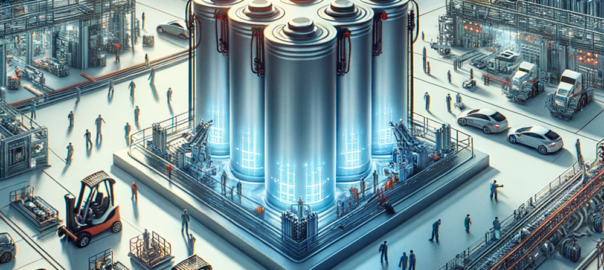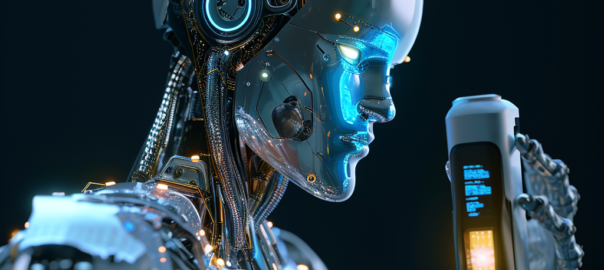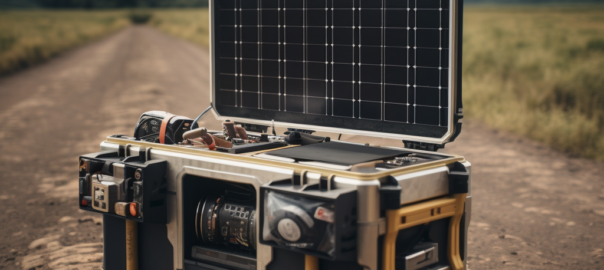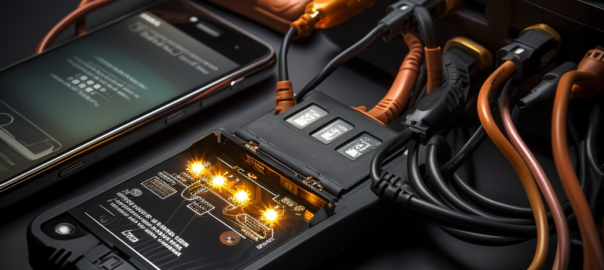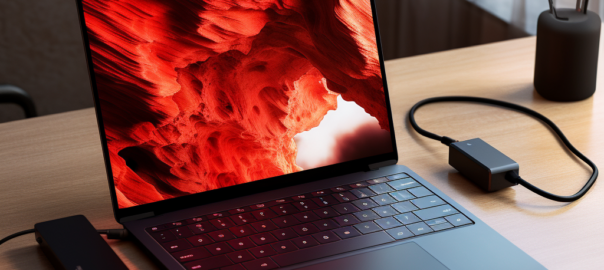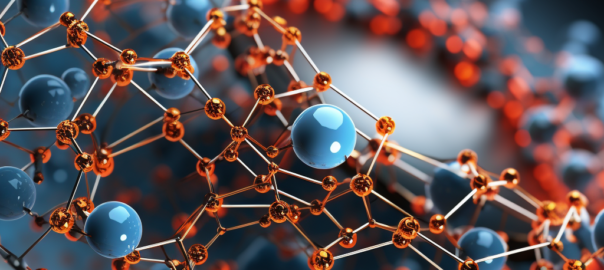Terminal adapters are a useful tool for connecting different types of cables and converting signals for various applications, including audio and video signals, data transfer, and power supply. However, like any technology, they can experience issues that can hinder their performance. In this article, we will provide readers with information on common issues that may arise when using terminal adapters and how to troubleshoot them. We will also provide tips for maintaining and cleaning terminal adapters to ensure optimal performance.
Issue #1: Poor Connection
One of the most common issues with terminal adapters is poor connection. This can be caused by loose cables, damaged ports, or incompatible devices. To troubleshoot poor connection, try the following:
- Check all cables and ports for damage or debris and ensure they are properly connected.
- Use a different cable or port to see if the issue persists.
- Check the compatibility of the devices and adapters being used.
Issue #2: Signal Interference
Signal interference can be caused by electromagnetic interference (EMI) or radio frequency interference (RFI). This can result in poor signal quality or loss of signal altogether. To troubleshoot signal interference, try the following:
- Move the devices and adapters away from potential sources of interference, such as other electronics or power sources.
- Use shielded cables to reduce the impact of EMI and RFI.
- Use a signal booster or amplifier to enhance the signal.
Issue #3: Incorrect Settings
Incorrect settings can cause issues with signal quality and compatibility. This can be caused by incorrect driver installation or incorrect settings in the software or hardware. To troubleshoot incorrect settings, try the following:
- Check the device and adapter settings and ensure they are correctly configured.
- Update drivers and firmware to the latest version.
- Reset the adapter to its default settings.
Maintenance and Cleaning Tips
To ensure optimal performance, it is important to maintain and clean your terminal adapters regularly. Here are some tips:
- Use compressed air to remove debris from the ports and cables.
- Clean the connectors with a soft cloth and isopropyl alcohol.
- Store the adapters in a clean and dry environment to prevent damage.
In conclusion, troubleshooting common issues with terminal adapters is crucial to ensure optimal performance and avoid unnecessary expenses. By following the tips and methods outlined in this article, you can easily troubleshoot and maintain your terminal adapters to ensure they perform at their best.

